How to Add Phosphorus to Soil: 7 Great Ideas
-
Lindsey Lawson
- Last updated:
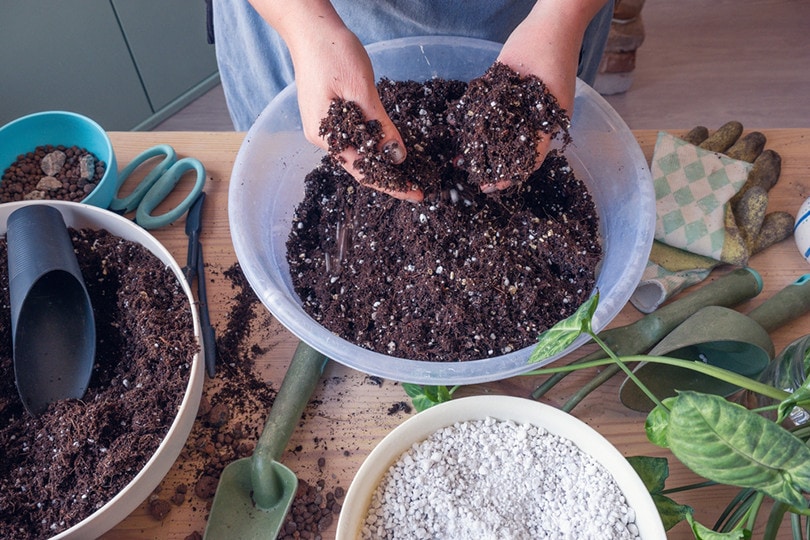
When it comes to successful plant growth and crop yields, phosphorus plays an essential role and is one of the top essential nutrients found in the soil. Phosphorus plays an important part in cell division and the development of new tissue.
A phosphorus deficiency can result in stunted growth, dull foliage, and other negative impacts on your plants. So, how do you go about adding phosphorus to your soil? Here are 7 helpful ideas that will help you increase this nutrient within your soil.
The 7 Ideas to Add Phosphorus to Soil
1. Organic Compost
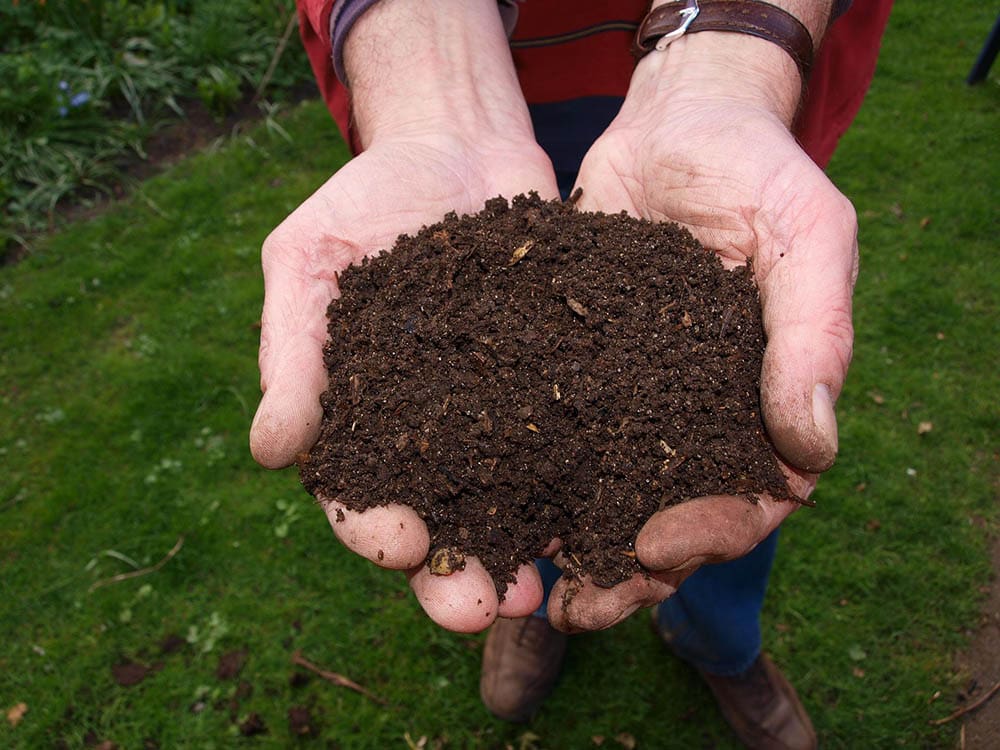
Organic compost can either be bought pre-made or you can make your own. It’s non-toxic, reduces the need for chemical fertilization, and is a very environmentally friendly way to reduce food waste. Not only will organic compost add phosphorus to your soil, but it is also a great source of nitrogen, potassium, and other trace minerals.
If your soil is low on phosphorus, organic compost is certainly something you should consider adding. The only downside to compost is that it comes with an unpleasant smell and may attract animals due to the food items in the mix.
- Environmentally friendly
- Reduces food waste
- Non-toxic
- Provides trace minerals
- Unpleasant smell
- May attract animals
2. Manure
Animal manure makes a great soil additive if you need some extra phosphorus in your soil. Not only is it easy to obtain, but it is also non-toxic and rich in nutrients. Manure is well known for improving overall soil quality and is widely used in gardening.
You do need to be careful when using manure, as it can raise soil acidity and can deplete calcium. It’s best to buy manure that has been tested so that you are aware of the amount of each nutrient in the manure before use.
- Rich in nutrients
- Easy to obtain
- Non-toxic
- Improves soil quality
- Can raise the soil acidity
- May deplete calcium
3. Bone Meal
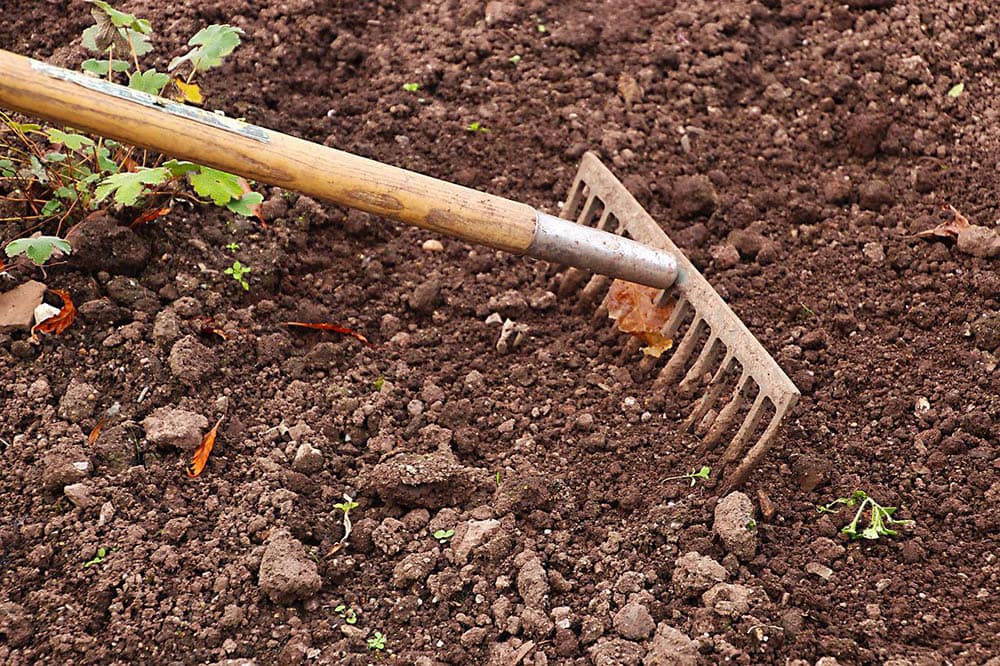
A bone meal is made by steaming animal bones and then grinding them into a powder or granule form. It is very rich in phosphorus and calcium and can easily be added to your soil to enhance these nutrients. Bone meal is non-toxic and breaks down slowly. It will do a great job of improving soil quality.
The only downside to the bone meal is that it may attract animals since it is made of animal bone and waste. It’s not suitable for all soils, as it will raise the pH over time. Over fertilizing with bone meal can deplete other nutrients and potentially harm your plants.
- Rich in nutrients
- Breaks down slowly
- Non-toxic
- Improves soil quality
- May attract animals
- Not suitable for all soil pH levels
4. Mix Water with Fertilizer
Another way to add some phosphorus to the soil is by watering your plants with pH-balanced water that has been mixed with fertilizer. Phosphorus availability decreases when there is an increase in pH. You can easily make your own pH water by adding organic fertilizer to the water you use.
Because pH directly affects how your plants can absorb nutrients, you must be careful when maintaining the pH. You do run the risk of an increase or decrease in the solubility and availability of micronutrients. It’s a good idea to have a pH tester for your soil and your water.
- Rich in nutrients
- Improves soil quality
- Too low pH can inhibit plant growth
5. Clay Soil Particles
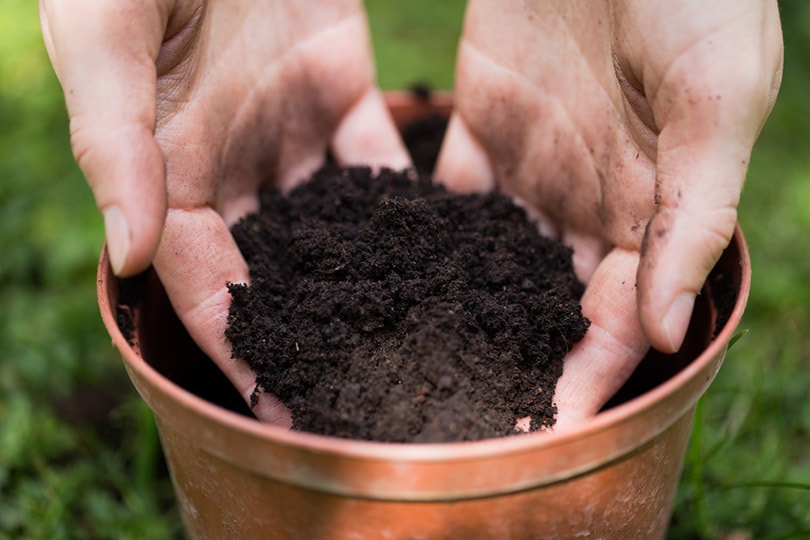
Introducing clay particles into your soil is another way that you can increase the amount of phosphorus. Not only will these particles help treat phosphorus deficiency within the soil, but it will also help retain this essential nutrient.
Clay soil is non-toxic and great for certain plants but is not suitable for all. It is rich in nutrients, but it also retains a lot of moisture. It is also slow to warm in the spring, so if there is a lot of clay soil used, it may be problematic for certain plant species.
- Rich in nutrients
- Retains moisture
- Non-toxic
- Not suitable for all plants
- Slow to warm in the spring
6. Maintaining Soil pH
As mentioned, the pH range of the soil plays a significant role in the availability of phosphorus. Soil with the best phosphorus availability sits at a pH between 6.0 and 7.0. Maintaining a proper soil pH will ensure nutrient quality, promote growth and resilience of the plants and produce higher crop yields.
If your soil is sitting at a lower pH, meaning it is more acidic, there is more iron, calcium, and aluminum available, decreasing the availability of phosphorus and other nutrients. Acidic soil can also decrease plant production and their ability to properly utilize water.
Regularly take a sample of your soil and test the current pH so that you have an idea of where your pH levels are sitting. This will allow you to properly maintain the pH and either increase or decrease it as needed.
- Ensures nutrient quality
- Promotes plant growth and resilience
- Higher crop yields
- Takes time and effort
7. Rock Phosphate Fertilizer
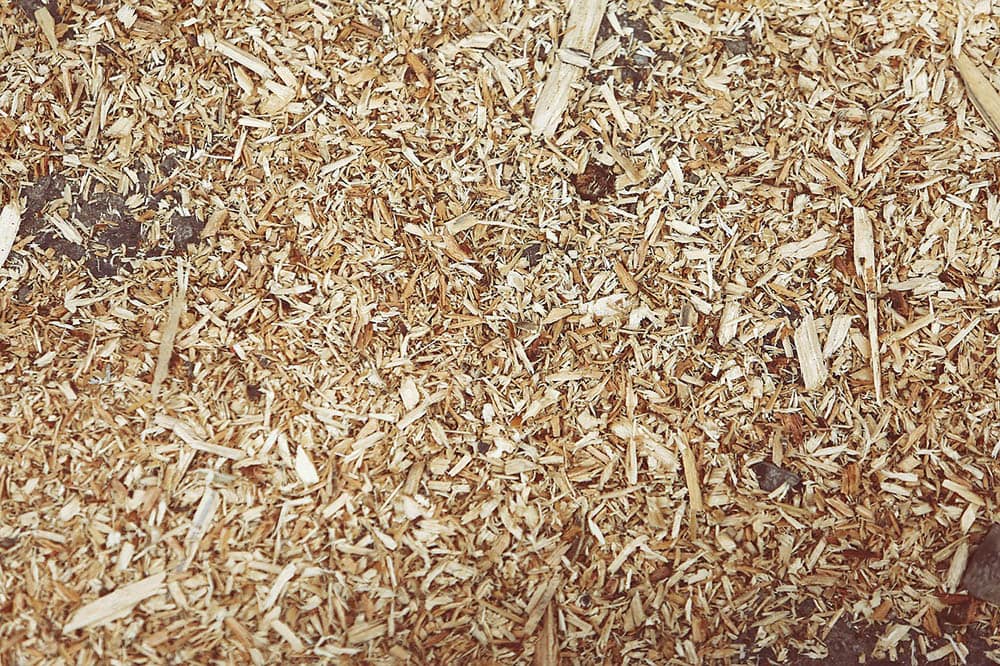
Rock phosphate or phosphorite is mined from clay deposits and is used as an additive in phosphate fertilizers. There are many types of rock phosphate fertilizers available on the market including dry and liquid varieties.
Rock phosphate may be rich in nutrients and can help improve soil quality, but it should be more of a last resort option, as it can have some pretty negative effects on the environment. These types of fertilizers may even be banned in certain areas because they can result in severe water pollution.
Too much phosphorus can be problematic, as there’s really no way to reduce it once it has bound to the soil. This is another reason why more organic ways to increase phosphorus are highly recommended over phosphate fertilizers.
- Improves root systems
- Promotes plant growth and resilience
- Easy to find
- Negative environmental impact
- Banned in some states
Importance of Phosphorus for Plants
Phosphorus is one of the most vital nutrients for the proper growth and development of plants. It is regarded as one of the three major nutrients along with nitrogen and potassium and if plants become deficient in these nutrients, their development can wane significantly.
Phosphorus is found in every living plant cell and plays a role in converting the sun’s energy into biomolecules. It is involved in transferring genetic information, enlargement of cells, cell division, energy storage, and transfer, metabolism of sugars, and even photosynthesis.
Proper levels of phosphorus will improve the plant’s overall quality and encourage root growth, seed development, and early shoot growth. It also increases the yield of grain crops, fruits, and vegetables and allows plants to become more resilient and capable of handling stress from outside forces such as weather, disease, and excess moisture.
Conclusion
Phosphorus is one of the top essential nutrients that are vital to a plant’s development and grown from germination throughout its lifecycle. If you are needing to add more phosphorus to your soil, there are many options available to you.
It is important to keep pH in mind, as it plays a vital role in the availability of nutrients. Remember that too much phosphorus can also be detrimental so you need to keep your soil well-balanced and always use non-toxic, organic options if you can.
- https://passel2.unl.edu/view/lesson/0718261a1c9d/2
- https://www.nrcs.usda.gov/Internet/FSE_DOCUMENTS/nrcs142p2_053254.pdf
- https://www.dpi.nsw.gov.au/agriculture/soils/more-information/improvement/phosphorous
- https://hortnews.extension.iastate.edu/2002/5-24-2002/soilph.html
- https://www.aces.edu/blog/topics/crop-production/phosphorus-basics-deficiency-symptoms-sufficiency-ranges-and-common-sources/
Featured Image Credit: Cem Selvi, Shutterstock
Contents
